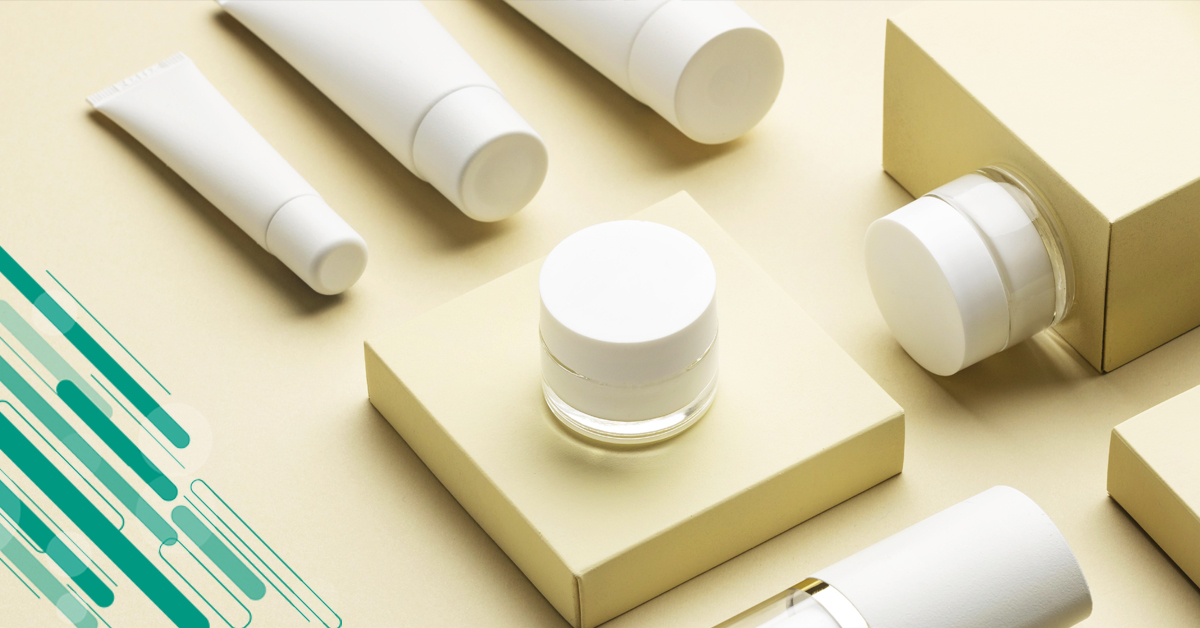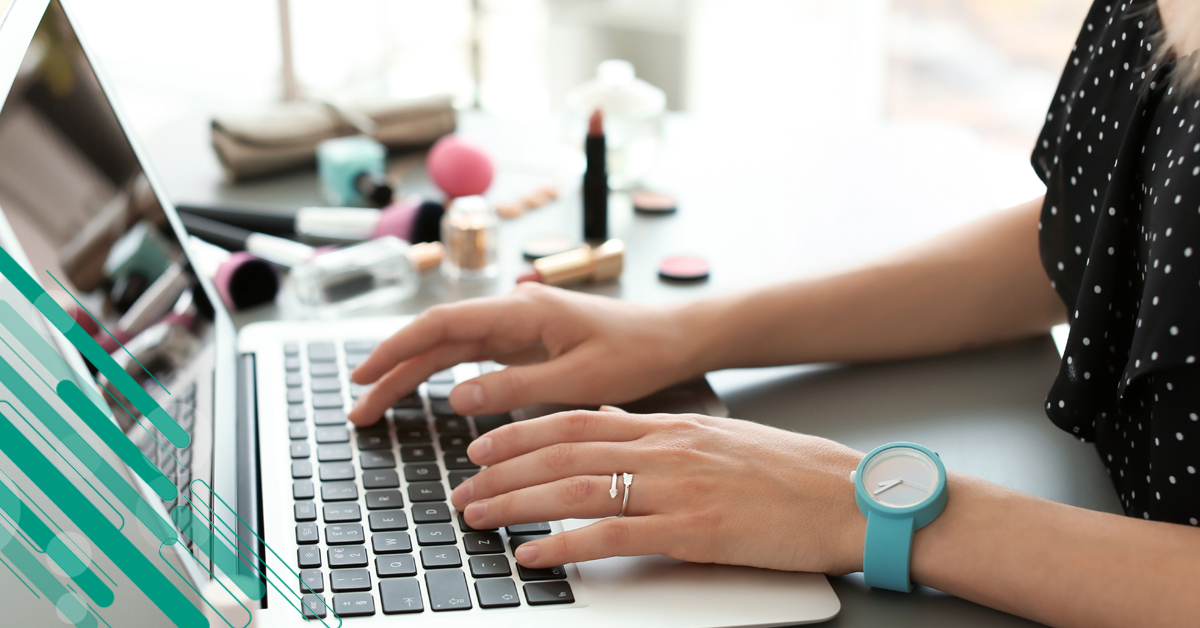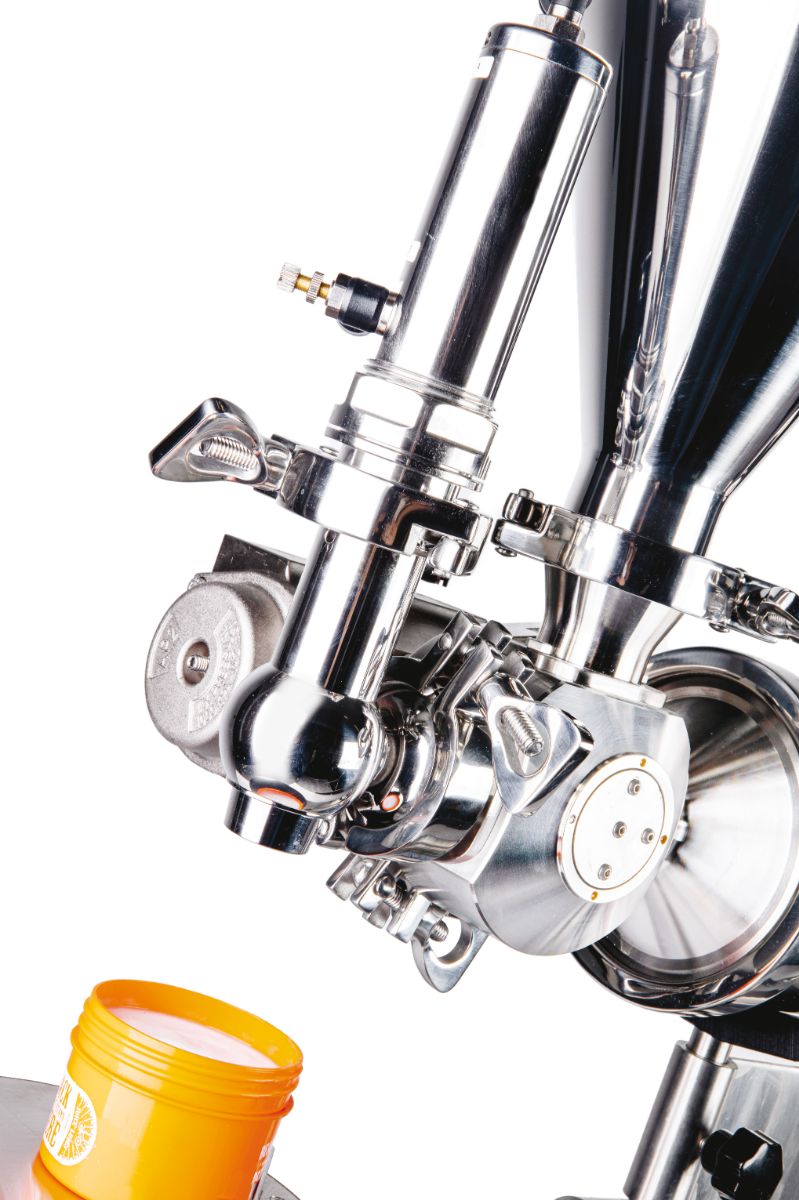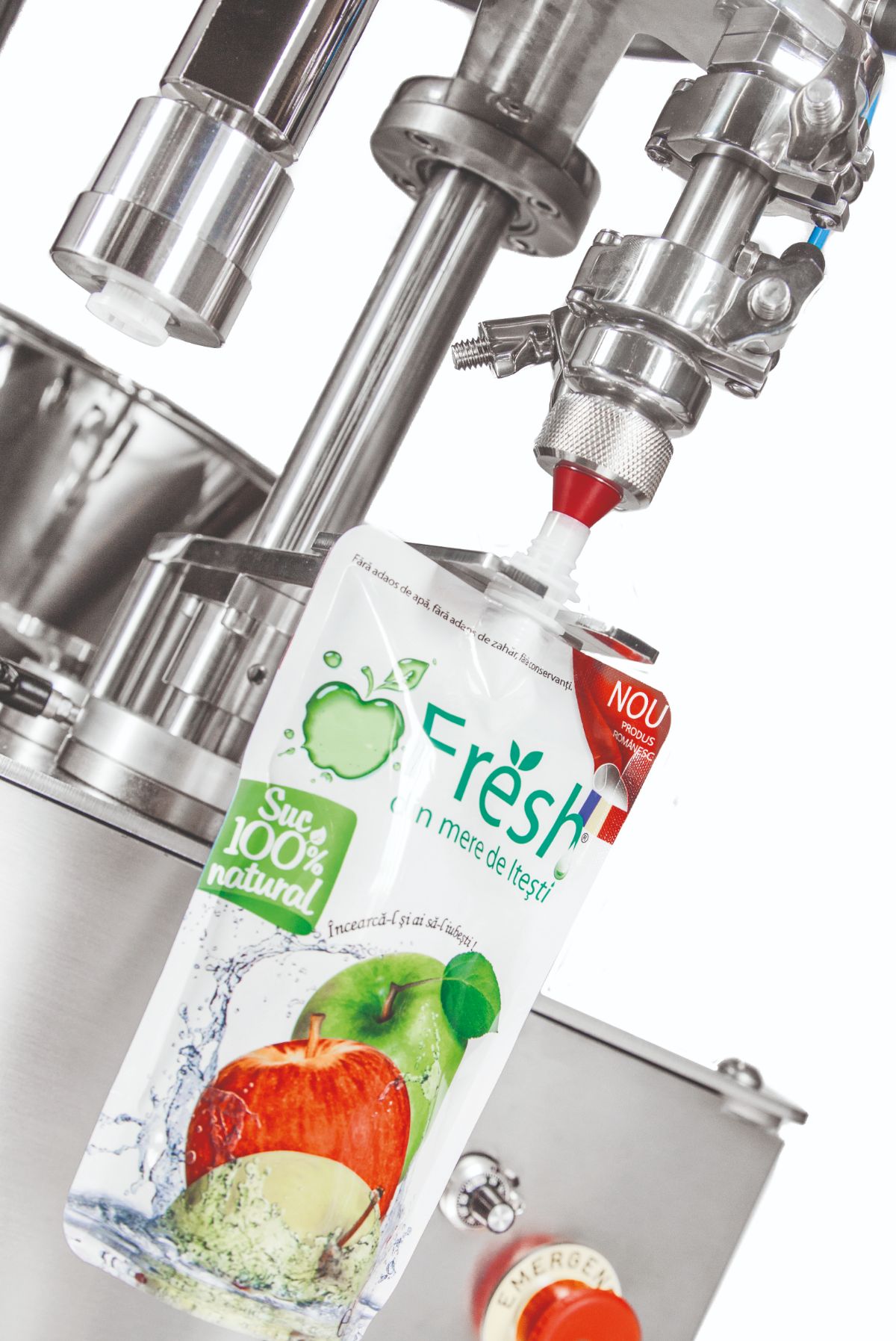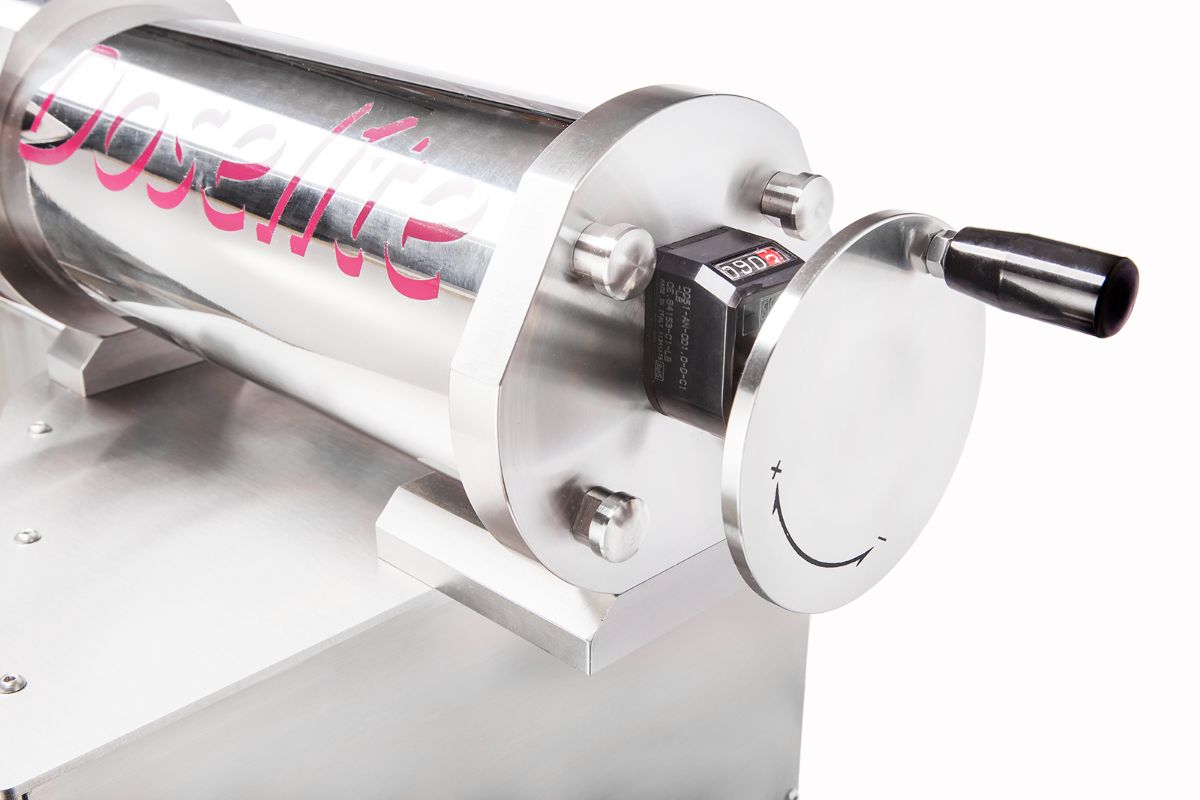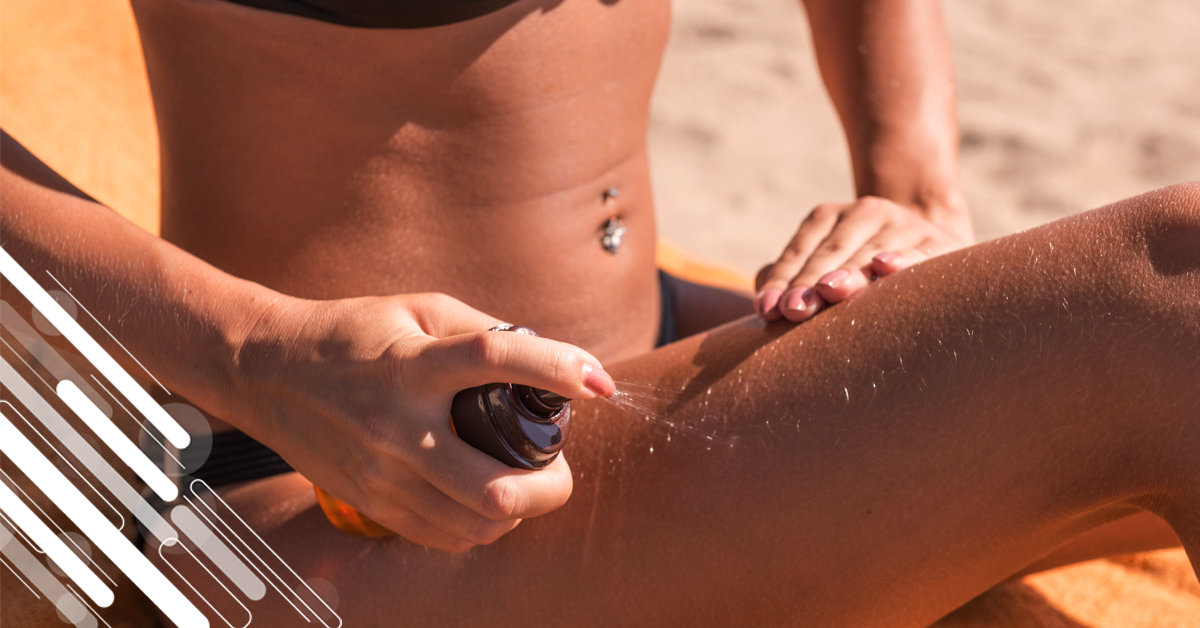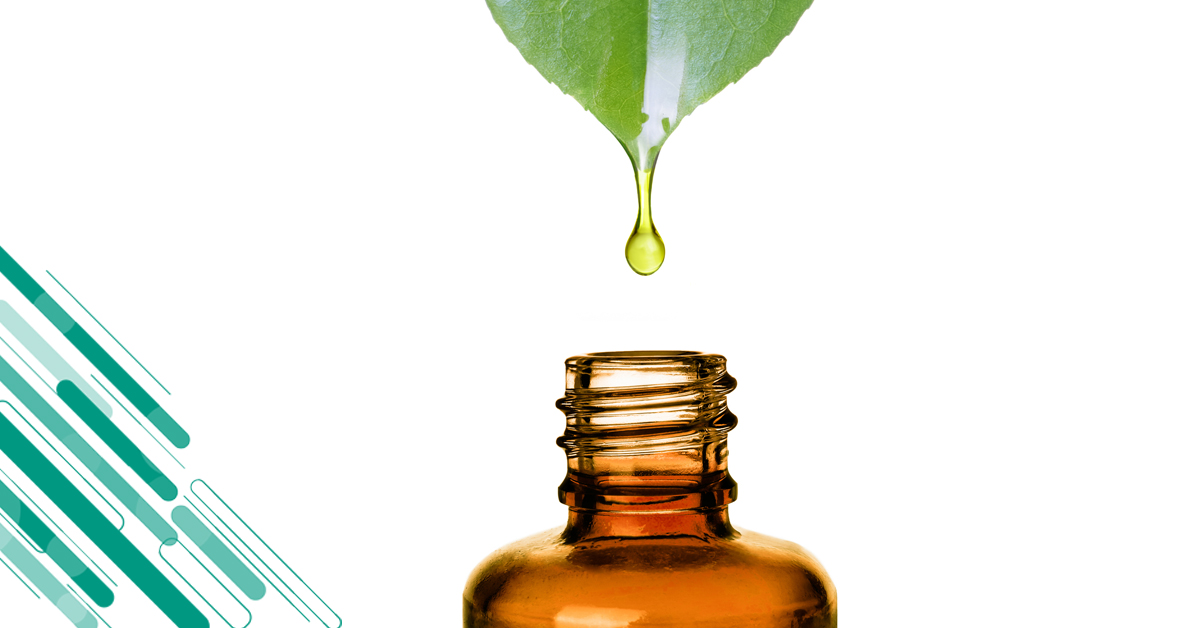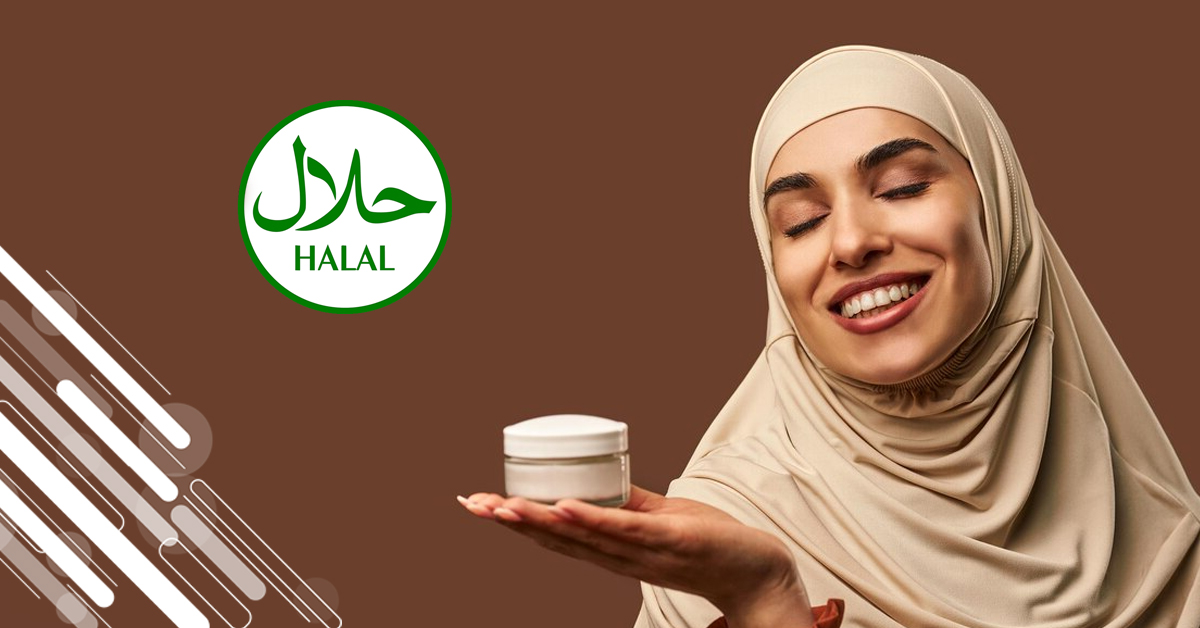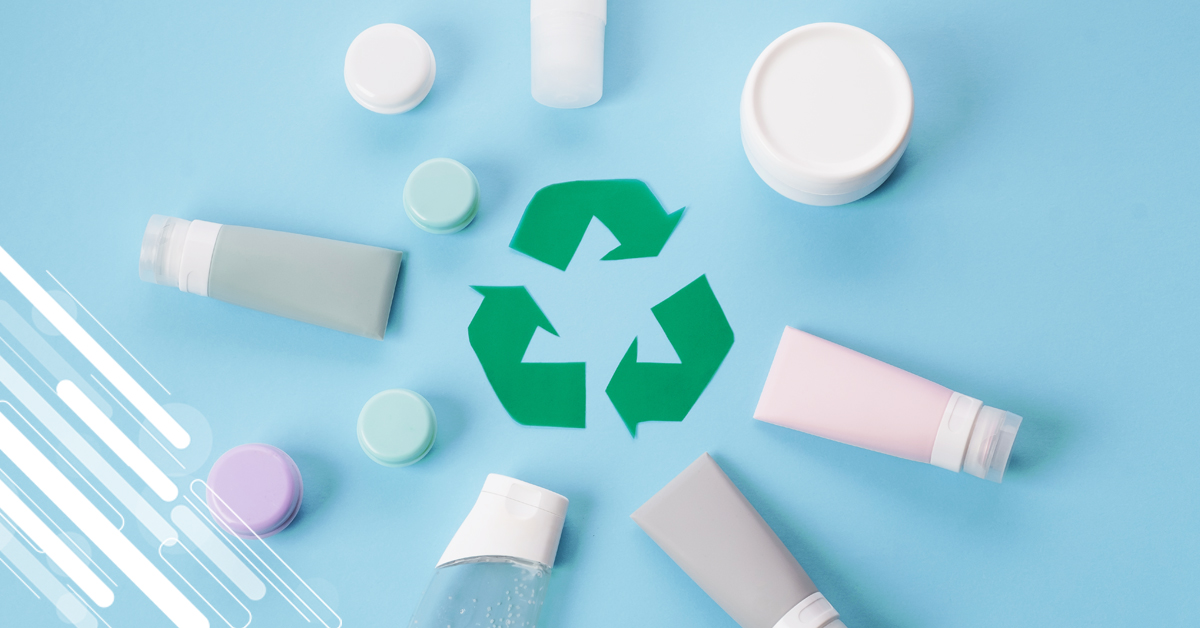The cosmetics industry in Italy is a fundamental pillar of the economy, with a market value estimated at over 12 billion euros in 2023, approximately 35,000 direct employees, and a significant supply chain. Additionally, the sector is one of the leaders in exports, with "Made in Italy" products appreciated worldwide. In cosmetics, science and innovation merge to create effective and safe products, but it is also a field frequently exposed to misinformation. Fake news about ingredients, risks, and supposed miraculous effects spread quickly, fueled by social media and unverified sources. This phenomenon not only confuses consumers but also risks damaging the reputation of companies that invest in scientific research, safety, and transparency. Navigating the vast and perilous landscape for conscious use of cosmetic products is essential, especially in a society where personal image is considered a fundamental calling card, often leading to social pressures, personal insecurities, and discrimination. Thus, it is crucial to learn how to read both primary and secondary sources, which should be the foundation of any scientific article in a trade journal, thesis, blog post, or Instagram post.
Here are some of the most common myths about cosmetics and what science says.
